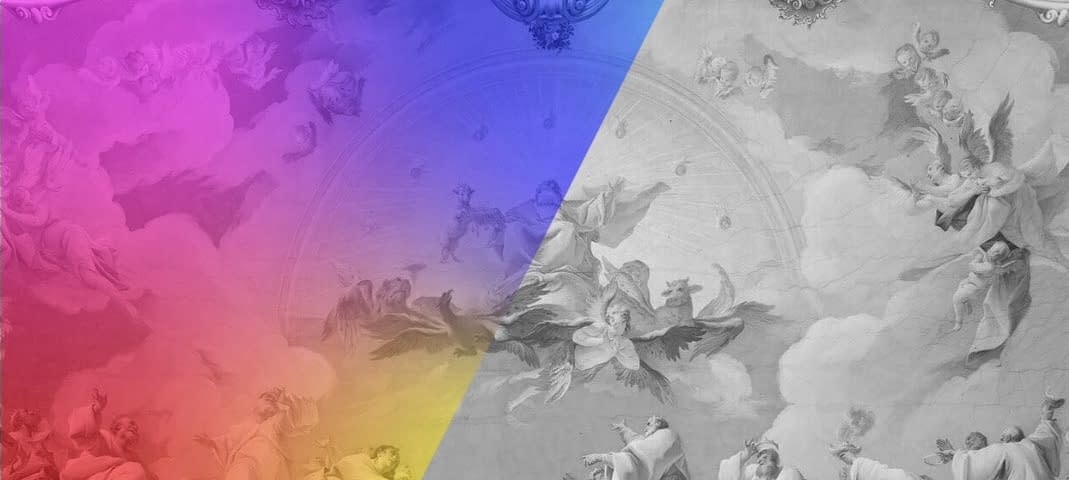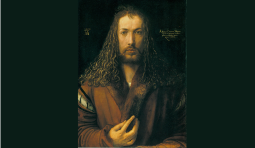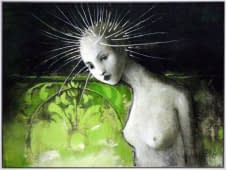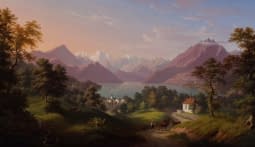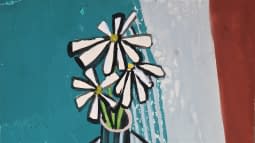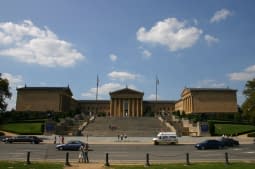Rainbow #6 - The Baroque Era
Baroque Lifestyle Between Science and Fantasy
Decades full of technical inventions, scientific developments and flourishing research experiments characterise the Baroque era from 1600 onwards, as the Zwinger in Dresden, for example, impressively presents in the Mathematical-Physical Salon: from the microscope to the telescope to the barometer and thermometer, to the calculating machine or pendulum clock, to the founding of important societies and academies as well as the emergence of the first scholarly journals. But despite this development of technical achievements geared towards usefulness - or is it precisely because of this? - a parallel emergence of a pronounced sense of flourishing imagination, of the bizarre, of exuberant sensuality and mystery. Especially in wealthy, courtly circles of society, ostentatious processions, festivities overflowing with senses and stimuli, and magnificent works of art that are coveted as attractive collector's items unfold in this framework. The world of painting is more dramatic than ever before.
The Rainbow as a Sign of Hope and Peace
One of these dramatic master painters is Peter Paul Rubens (1577-1640). The artist executed his effective landscape paintings, sometimes enriched with mythological figures, sometimes with idealised ideas of rural life, in brilliant technique for the sheer pleasure of it, especially after the acquisition of his country estate Het Steen near Mechelen. A particularly captivating work is The Stormy Landscape with Philemon and Baucis from the Kunsthistorisches Museum Vienna, which Rubens completed on this country estate in 1636.
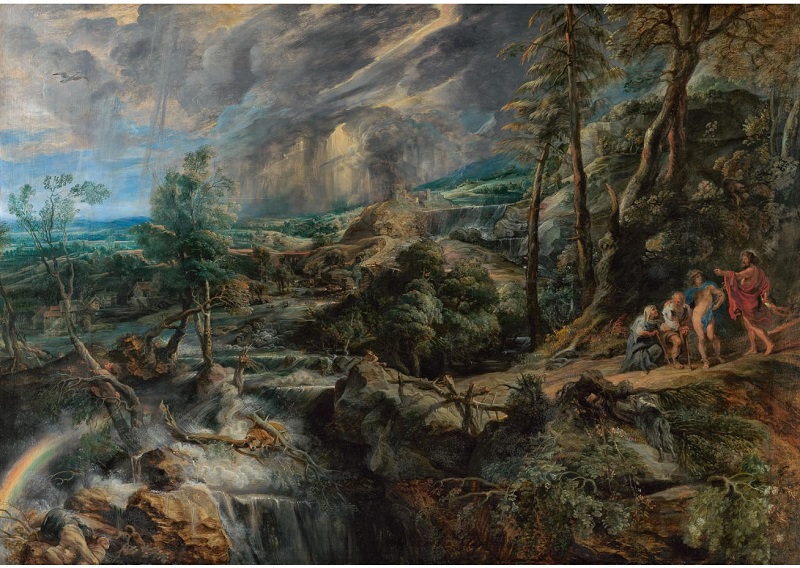
Fig. 1: Peter Paul Rubens, The Stormy Landscape with Philemon and Baucis, ca. 1620/25, 1636, Oil on Wood Panel, 147.1 x 209.6 cm, Kunsthistorisches Museum Vienna (Gemäldegalerie, 690).
The focus lies on the powerful forces of nature, which threateningly dominate the scene in the form of thunderstorms, roaring storms and swelling rivers. The couple Philemon and Baucis, at first sight inconspicuously seated at the right edge of the picture, observe the approaching catastrophe together with the deities Jupiter and Mercury. Not immediately visible is the small rainbow in the left corner of the picture, created by the spray of the violently flowing river, which symbolically underlines the dramatic situation by this arrangement and not appearing in the sky as usual: the natural order is subject to chaos. Nothing is as it should be.
Rubens then restores order in the large rainbow landscape of 1536 from the Wallace Collection:
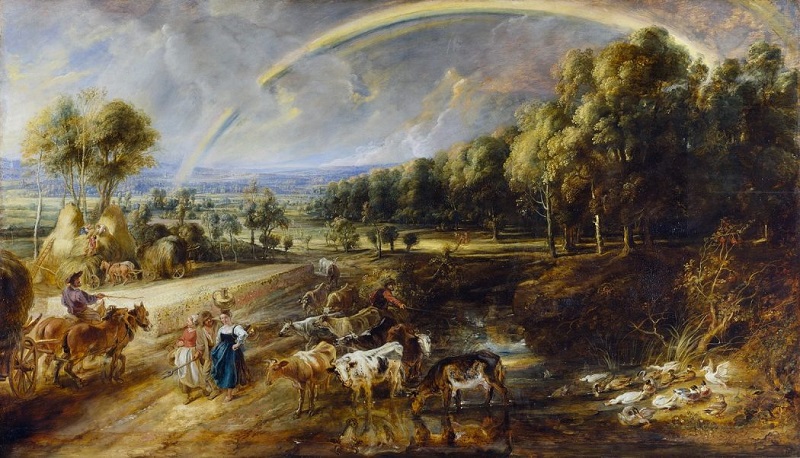
Fig. 2: Peter Paul Rubens, The Rainbow Landscape, ca. 1636, Oil on Oak, 137 × 235 cm, Wallace Collection Marylebone.
The rainbow over the wide, flat, idealised landscape with a view across field of wheat, distant meadows, mixed woodland and rural creation picks up the tradition of rainbow paintings of previous epochs: the industrious people living in harmony with nature are connected to the divine sphere through the rainbow as a biblical symbol of the covenant between God and mankind and can go about their day's work in hope and peace.
Peter Paul Rubens uses his favourite motif, the rainbow, which is used again and again, in an impressive and meaningful way, depending on the context. In a version in the Hermitage in St. Petersburg, the alliance between God and man-nature-animal even seems to be sealed in two respects:

Fig. 3: Peter Paul Rubens, Landscape with Rainbow, 1630-1635, Oil on Canvas, 86 x 130 cm, Hermitage, St. Petersburg.
Jacob van Ruisdael (1628/29-1682), one of the important protagonists of 17th century Dutch landscape painting, also sets a sign of hope. In a gloomy atmosphere under an ominously dark sky, he depicts a Jewish cemetery in the middle of a clearing surrounded by ruins and trees by a river. Death, decay and transience are omnipresent. Only a few rays of sunlight illuminate some cloud formations above the ruins and brush against isolated tombs and sarcophagi. Together, however, the rainbow appearing in the grey sky on the left and the incoming sunlight set signs of hope in the abandoned area. A great example of Baroque painting, which was characterised by stark contrasts and dissonances.

Fig. 4: Jacob van Ruisdael, Jewish Cemetery, ca. 1655, 84 x 95 cm, Oil on Canvas, Staatliche Kunstsammlungen Dresden, Gemäldegalerie Alte Meister.
Rainbow on the Ceiling
An exciting and significant feature of Baroque art is illusionistic ceiling painting. Real architectural spaces were negated by means of sophisticated three-dimensional painting (e.g. in trompe-l'oeil technique ("eye illusion"), foreshortening, painted view from below) and redefined, as it were, as illusory architecture. This created perfect illusions of open vaulted skies between elegantly painted architectural structures, populated by numerous (celestial) beings that feign reality. The view into the imaginary sky seems - at least in the church room - to give earthly people a foretaste of a supernatural heavenly sphere, which they may only be granted after death, and thus makes the "invisible visible". Two examples of frescoes may illustrate the motif of the rainbow and its divine significance and meaningfulness:
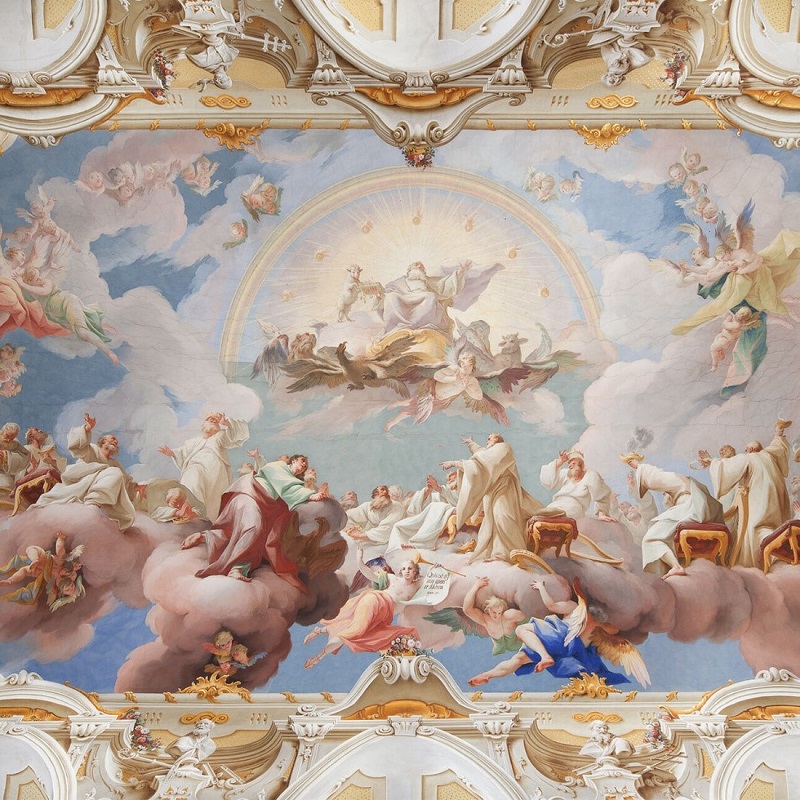
Fig. 5: Paul Troger, Ceiling fresco with God the Father enthroned under a rainbow in Seitenstetten Abbey, 1741.
On the one hand, in the ceiling fresco by one of the outstanding painters of the Austrian Baroque, Paul Troger (1698-1762). With his illusionistic ceiling painting in the Lower Austrian monastery of Seitenstetten, he seemingly opens the heavens to the church visitors. Under the divine rainbow, which is reserved for this sphere alone, God the Father hands the book with the seven seals to the lamb, while the 24 elders rise to worship God.
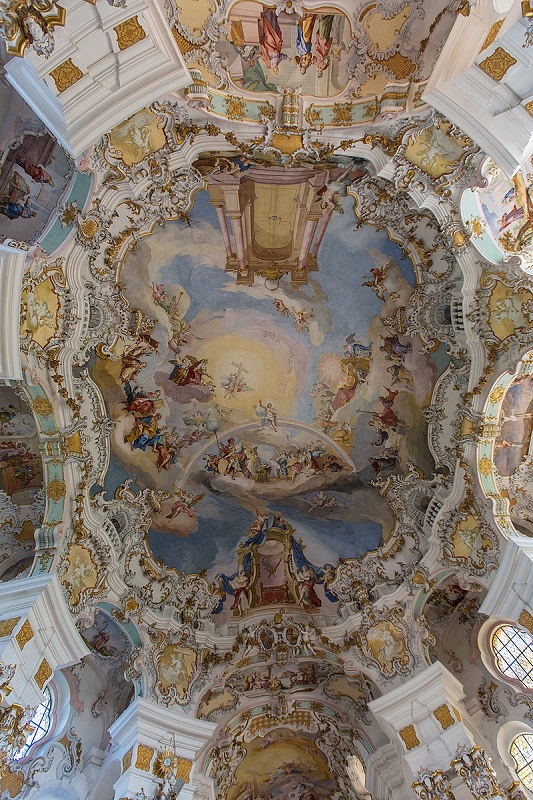
Fig. 6: Johann Baptist Zimmermann, Dome fresco with Christ on the rainbow in the pilgrimage church of Wies (Wieskirche, Bavaria), before 1758.
In the centre of the fresco in the pilgrimage church of Wies, Christ sits as the judge of the world on the rainbow and not on the empty, pompous throne below. The artist Johann Baptist Zimmermann (1680-1758) reflects Christ's promise in the rainbow, which refers to the painted door of paradise opposite him, albeit (still) closed, symbolising once again the connection between heaven and earth.
Giambattista Tiepolo (1696-1770), on the other hand, tells of gods, allegorical beings and continents in the illusionistically open sky with its rainbow, cumulus clouds and creatures cavorting and flying there.
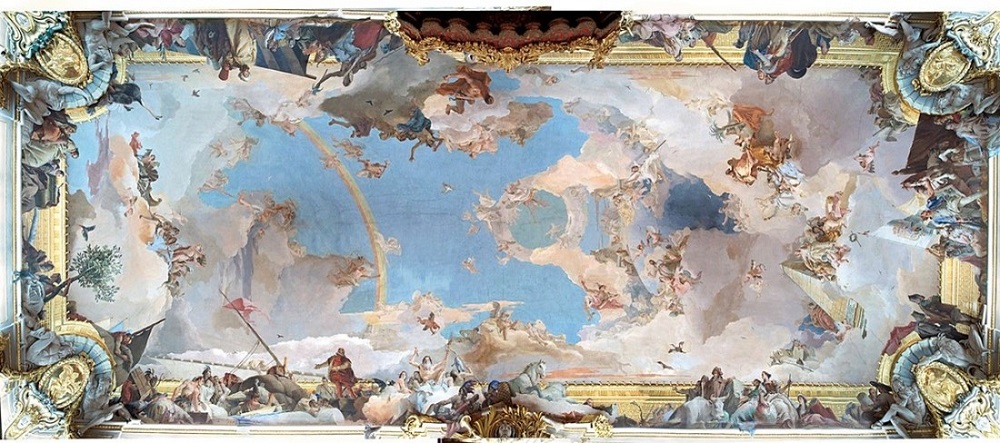
Fig. 7: Giambattista Tiepolo, ceiling fresco in the throne room in the Palacio Real in Madrid, 1762-1764.
It is not a divine rainbow that is meant here, pervading the blue of the sky, but a colourful, reality-based structure that Tiepolo positioned in the ceiling fresco of the Throne Room in the Palacio Real in Madrid by means of an artistic trick. For in his ingeniously designed late work from 1762 to 1764, the artist reacted for aesthetic reasons to the long hall, which is accessible from two sides. Thus, with the help of a decoratively placed rainbow, he divided the ceiling scene into more easily graspable and readable sections consisting of allegorical scenes and a narrative on the sea goddess Thetis. With Tiepolo, we have come a little closer to secular painting, which viewed the rainbow as a weather and sky phenomenon.
In the next part of our rainbow blog series, we will focus on the Age of Enlightenment. How did artists deal with the rainbow motif between 1700 and 1800, when science and rational thinking were shaping people?
